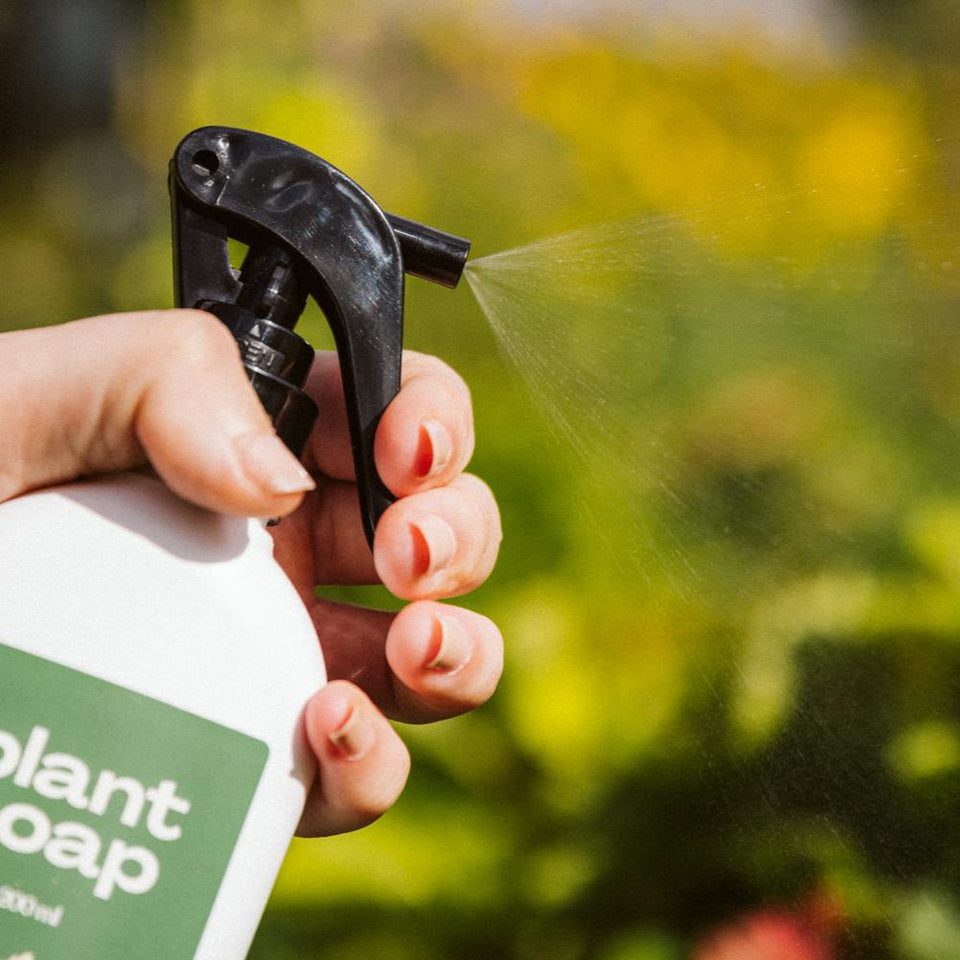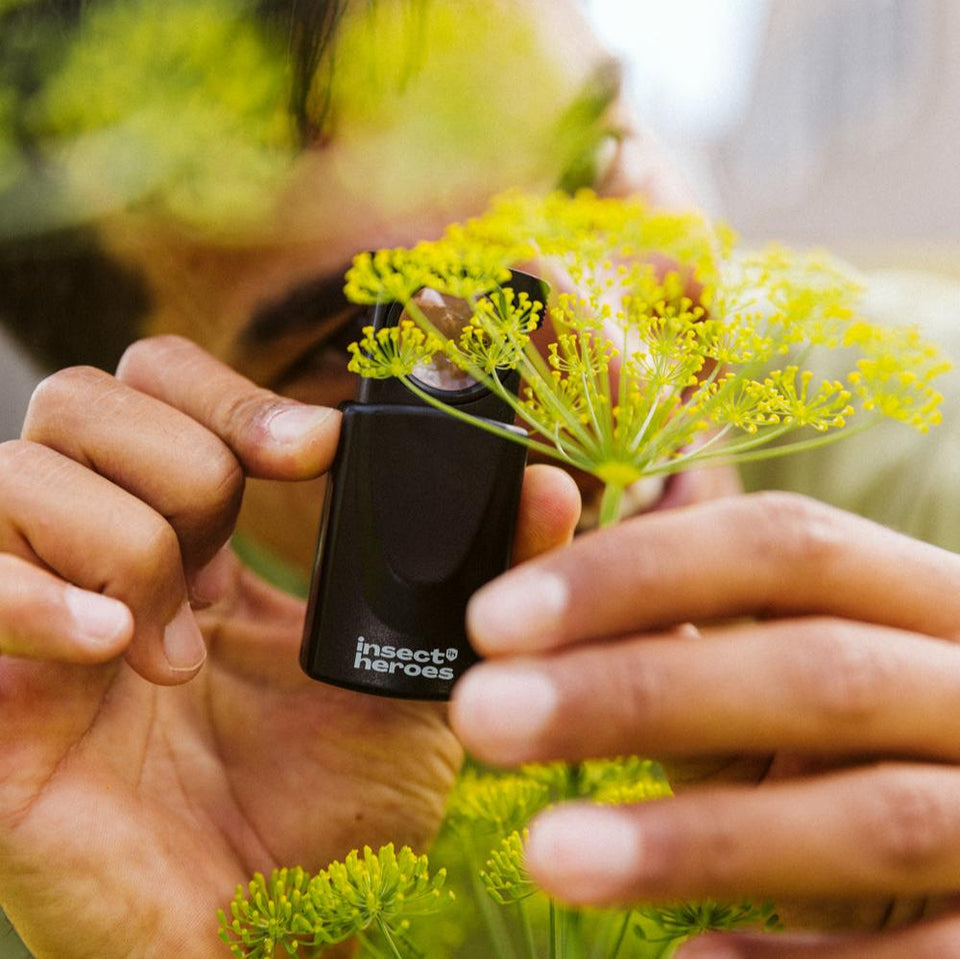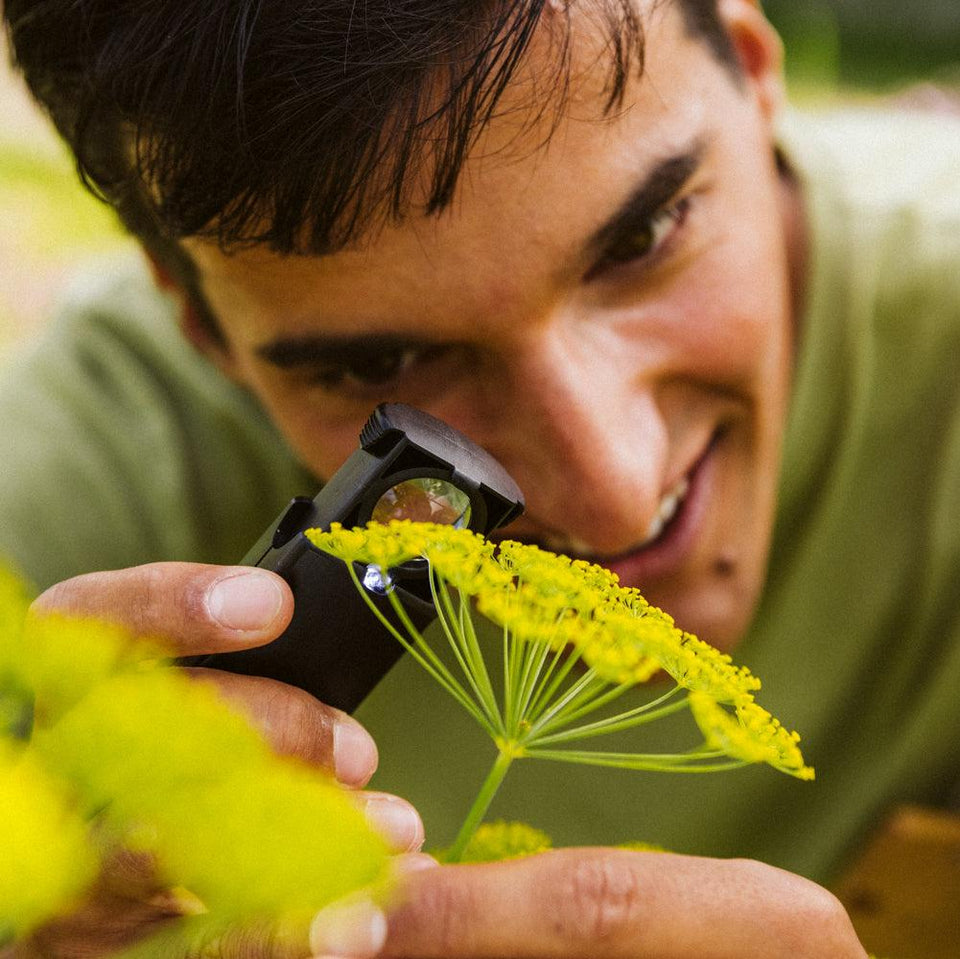Recognize, combat and prevent mealybugs
Recognizing mealybugs
Mealybug development
Mealybug damage
Combat mealybugs naturally
Prevent mealybugs
Other ways to combat mealybugs
Recognizing mealybugs
Text
Nymphs
The young mealybugs that hatch from the eggs are called nymphs. They are smaller and darker in color than adult mealybugs because they have fewer white, waxy threads on their bodies.
Types of mealybug
There are more than 2,000 species of mealybugs, but the most common and harmful are the citrus mealybug, viburni mealybug, solani mealybug and the long-tailed mealybug.
Mealybug development
Text
Mealybug damage
Text
Combat mealybugs naturally
Text
Prevent mealybugs
You can prevent mourning flies by making the environment less favorable for the larvae of mourning flies and by using natural enemies preventively.
Quarantine
Mourning flies can end up in your plants in several ways. Newly purchased plants are often infected with eggs or larvae of fungus flies. It is therefore advisable to set the new plants aside in a room for a few days or put them outside for a while.
Improve plant drainage
Pay close attention to the drainage of the pot with your (house) plants. With many plants, if the roots are left in water for too long, they turn brown and rot. This is called root rot. The larvae of the mourning flies love fungi and a wet environment. Lift the plant's inner pot occasionally. This way you can inspect whether the roots are nice and white in color and look healthy. You can check the humidity with a moisture meter or feel it by pressing a finger deep into the soil.
In the case of pots in the garden or on the balcony, make sure there are holes at the bottom of the pot so that water does not remain in the pot.
Use nematodes preventively
An effective way to prevent fungus flies is to preventively add Felti nematodes to plants. Add the nematodes to the amount of water you normally give the plant.
Other ways to combat mealybugs
Combat fungus flies with ant powder or other chemical agents
There are many different insect repellents on the market that claim to be 100% natural, ecological or organic. Unfortunately, these products can still contain toxic, naturally occurring substances. The problem with these products is that they very commonly and effectively kill insects that come into contact with them.
For example, if it is used outdoors it can wash off the leaves and end up in water. The toxins can be harmful to creatures that live in the water. These products are also not good for pets, children or your own health. Always check the composition on the packaging. Be aware of toxic substances such as pyrethrins, deltamethrin or acetamiprid and prefer to avoid them.
Fight fungus flies with cinnamon
Some people combat fungus gnats by mixing cinnamon with boiling water. This mixture is poured into the plants after it has cooled. This technique is also used with thyme. The herbs would then have a repellent effect.
Fight fungus flies with coffee
By spreading coffee grounds over the potting soil, you repel adult fungus flies. Due to the strong smell, they prefer not to lay eggs in the potting soil. This technique does not control the larvae of fungus flies in the potting soil.
Fight fungus flies with garlic
By putting garlic cloves in the plant you ensure that the fungus flies are less likely to lay eggs in the potting soil. Unfortunately, this is not pleasant air for you either! The garlic does not ensure that the larvae of the fungus flies are controlled or disappear.
View our overview page with all pests.





























































